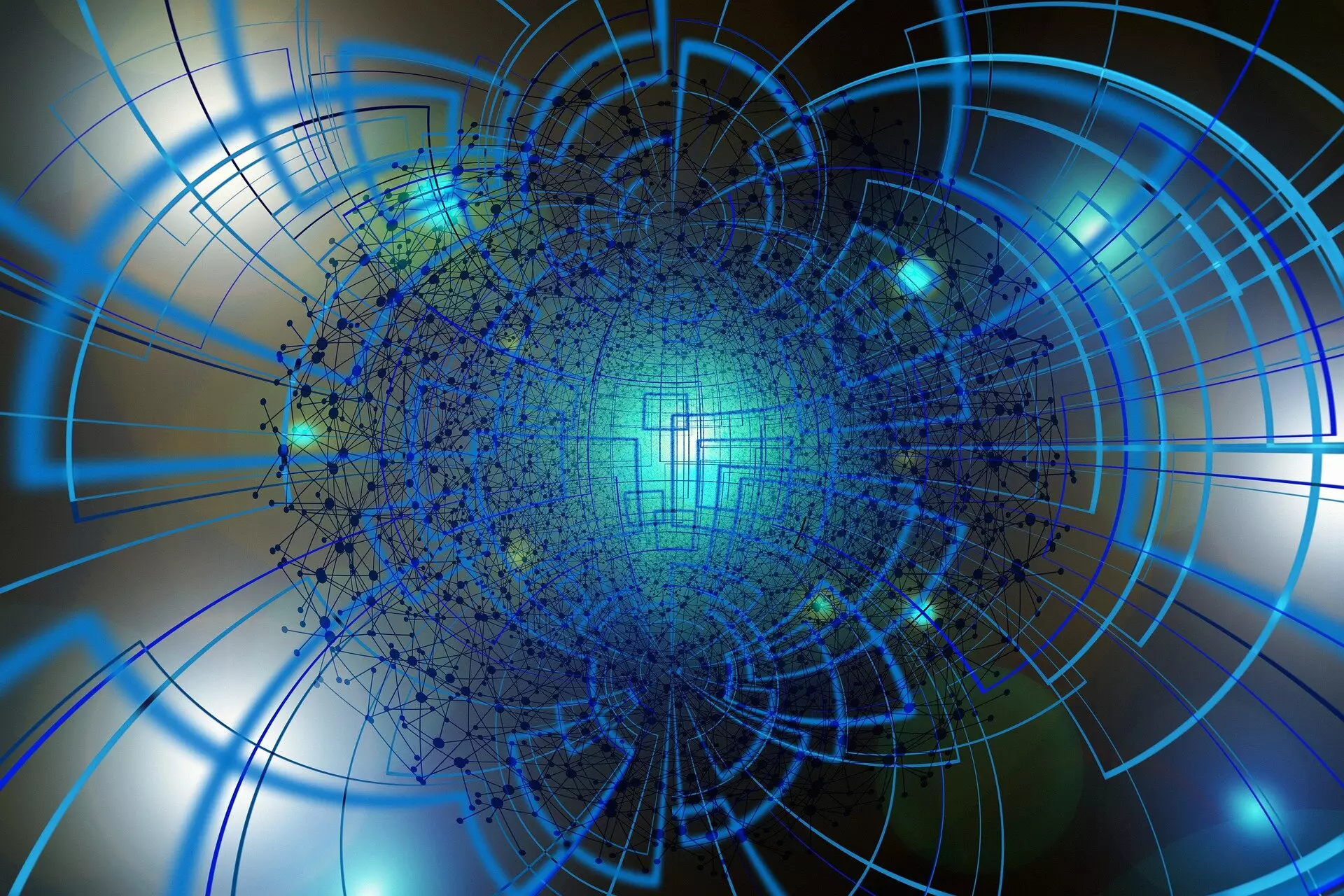Quantum entanglement, a phenomenon that baffled the greatest minds in physics, has long been regarded as one of the cornerstones of quantum mechanics. The discussion surrounding it has evolved significantly from its early days, when it was at the center of debates between intellectual giants like Albert Einstein and Niels Bohr. Recent research conducted by a mathematician from Universidad Carlos III de Madrid, Julio I. de Vicente, reveals critical insights into the relationship between entanglement and noise. This article explores the essence of quantum entanglement, its implications in technology, and the groundbreaking findings of de Vicente that challenge previous assumptions about maximizing entanglement in the presence of noise.
The notion of quantum entanglement originated from a fundamental disagreement between Einstein and Bohr. Einstein’s discomfort with the concept stemmed from his belief in local realism, which posits that objects have definite properties regardless of measurement. He famously termed entanglement “spooky action at a distance,” expressing skepticism toward instantaneous changes between entangled particles, regardless of the distance separating them. Over the ensuing decades, this phenomenon was rigorously analyzed, leading to the establishment of the Bell inequalities—formulated by physicist John Bell. These inequalities serve as the criteria distinguishing classical theories from quantum ones and have paved the way for deep conceptual understandings of the entangled state.
Entanglement describes a peculiar connection between quantum particles, rendering them interdependent regardless of the spatial distance between them. This puzzling nature opens doors to innovative technologies including quantum computing, quantum encryption, and quantum teleportation—fields reliant upon the unique characteristics of entangled states for enhanced performance.
The significance of quantum entanglement extends beyond theoretical intrigue; it is a resource being actively exploited in the burgeoning field of quantum technology. For example, quantum computers leverage entangled qubits, allowing for computations that surpass classical capabilities. Similarly, quantum encryption uses entanglement to create secure communication channels that are theoretically immune to eavesdropping.
Researchers aspire to achieve maximally entangled states within these contexts, as such states would facilitate the most reliable and powerful outcomes in quantum applications. Moreover, the notion of a Bell state—a state of two entangled particles with perfect correlation—serves as a gold standard for achieving this ideal state within quantum systems.
Despite the established understanding of entanglement in theory, practical applications face the incessant challenge of environmental noise. De Vicente’s research delves into this issue, revealing a fundamental limitation: maximal entanglement may not exist in the real world when noise is present. His findings, published in Physical Review Letters, highlight that once any noise—be it thermal fluctuations or vibrations—enters the system, it is impossible to simultaneously maximize all forms of entanglement.
De Vicente affirms this drastic conclusion by explaining, “The best state that one can prepare depends on the choice of entanglement quantifier as soon as we move away from the idealized scenario.” In simpler terms, achieving the best configuration of entangled states becomes dependent on specific circumstances or applications, leading to a scenario devoid of a universal maximal state in noisy conditions.
The profound implications of de Vicente’s work call into question earlier beliefs regarding the behavior of entangled states under less-than-ideal conditions. His findings suggest that methods previously thought to maximize entanglement may not apply universally, hence pushing researchers to re-evaluate the landscape of quantum entanglement in noisy environments. This necessitates further exploration into how different types of entanglement quantifiers can be effectively employed, and how noise can be mitigated in practical applications.
The significance of this research goes beyond academic curiosity; it strives to enhance technologies that rely on quantum phenomena. By unfolding the complexities of entangled states in noisy surroundings, scientists can hope to develop more robust quantum systems that can withstand real-world perturbations, thus propelling the field of quantum technology into practical viability.
Ultimately, as quantum entanglement continues to be scrutinized and redefined, it poses deeper philosophical questions about our understanding of reality—challenges that shaped the very foundation of modern physics yet also beckon future discoveries that may alter our comprehension of the universe.

